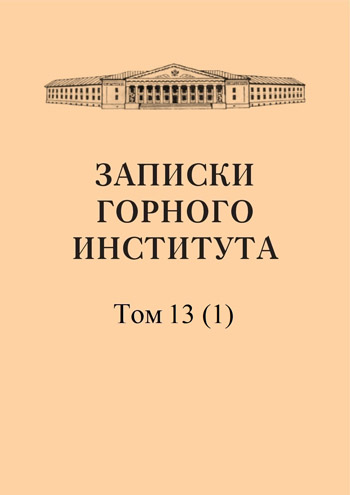X-ray determinative tables for minerals. Part 11
Abstract
Every year, the scope of application of X-rays to solve both theoretical and practical problems is expanding more and more. One of these problems is the use of X-rays for the purpose of identifying crystalline substances. The indispensability of the X-ray method of v-research has a particularly strong effect in geological and mineralogical in practice for a number of minerals of great industrial importance, such as iron, nickel, manganese, copper ores, clay and cement minerals, small fractions of rocks, ocher Mo-, Sb-, As-, W-minerals, etc. , due to the powderiness of the objects, all existing research methods (chemical, optical, mechanical and others) either cannot give positive results at all, or are used with great difficulty. In these cases, the only effective method is the X-ray method. Also, the only applicable X-ray method is when establishing. certain features or changes in the crystal structure of the substances being studied. When studying isomorphic groups of minerals, this method provides indispensable services in elucidating the characteristic features of isomorphic substitution and associated changes in the crystal structure. When studying a crystalline substance, the X-ray method should be used along with all existing research methods, because it makes it possible to establish perhaps the most important of all constants of a crystalline substance - the dimensions of the unit cell, and the arrangement of atoms or ions in the structure. The X-ray method of research is gaining increasing “authority” among chemists, mineralogists and mine workers. However, the widespread use of this method for identification circuits of crystalline substances is still greatly hampered by the lack of a more or less complete X-ray reference manual adapted for diagnostic purposes. The scattered works in the literature on individual minerals or groups of minerals, in which X-ray data were presented, did little to eliminate this shortcoming since, firstly, they were not adapted for identification purposes and, secondly, they affected a relatively small range of minerals. In later works of 1935-1936. some authors try to adapt x-ray data for identification purposes. However, in these works, the problem of creating an X-ray detector is solved only in a particular form - for certain groups of minerals studied by the authors.
